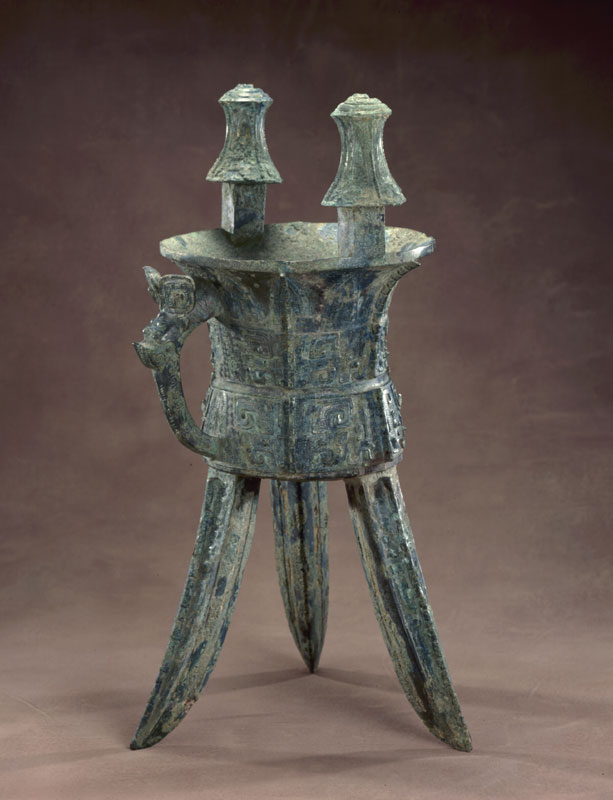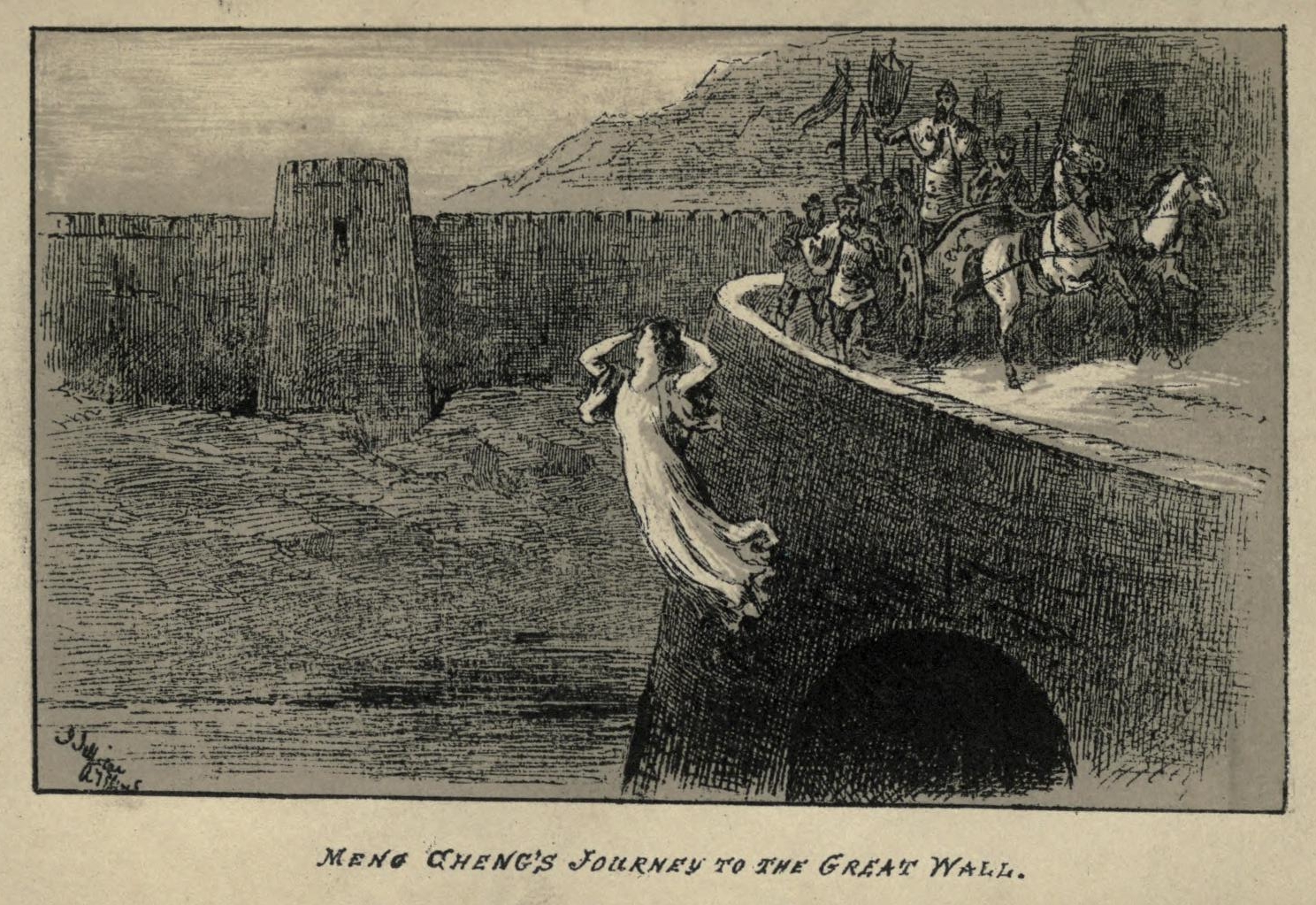I focused on the additional reading about the bronze material used as inscription. In an excerpt from Lothar Ledderose’s Ten Thousand Things: Module and Mass Production in Chinese Art, during the Shang era, the technique of casting bronze was unique, complicated, and counterintuitive. Unlike the rest of the world, China created designs by utilizing negative space formed from clay molds, into which the bronze was cast. High artistic and technical skill was required by the artisans of the Shang dynasty. This unusual technique favored the development of a social system, the division of labor. The compartmentalized feature of Chinese bronze casting with many smaller steps supports standardization and coordination with other laborers. I think this division of labor can also be considered in the creation of the Great Wall: many people are involved, and each person has his own designated job to help bring the wall to completion.

Similar to last week’s passages, the readings from this week show how the culture of the time period is displayed through the creations of the people. I anticipate this motif to be carried throughout the semester.
Bibliographic References
Hansen, Valerie. “Chapter 1: The Beginnings of the Written Record”. In The Open Empire: A History of China to 1800, 18-55. Seconded. New York: W.W. Norton & Company, 2015.
Keightley, David. “Chapter 1: The Oracle Bone Inscriptions of the Late Shang Dynasty”. Sources of Chinese Tradition, Vol. 1: From Earliest Times to 1600, edited by W. deBary et al. New York: Columbia Univ. Press, 1999.
Horowitz, Joshua. “Literacy in Ancient China”. In People and Their Stuff: A History of China in Objects Now Preserved in North America. URL: http://scalar.tdh.bergbuilds.domains/hst137/chapter-1-the-shang-dynasty
Ledderose, Lothar. “Casting Bronze the Complicated Way” Chapter 2 in Ten Thousand Things: Module and Mass Production in Chinese Art. The A.W. Mellon Lectures in the Fine Arts, 1998. Princeton, NJ: Princeton University Press, 2000.

